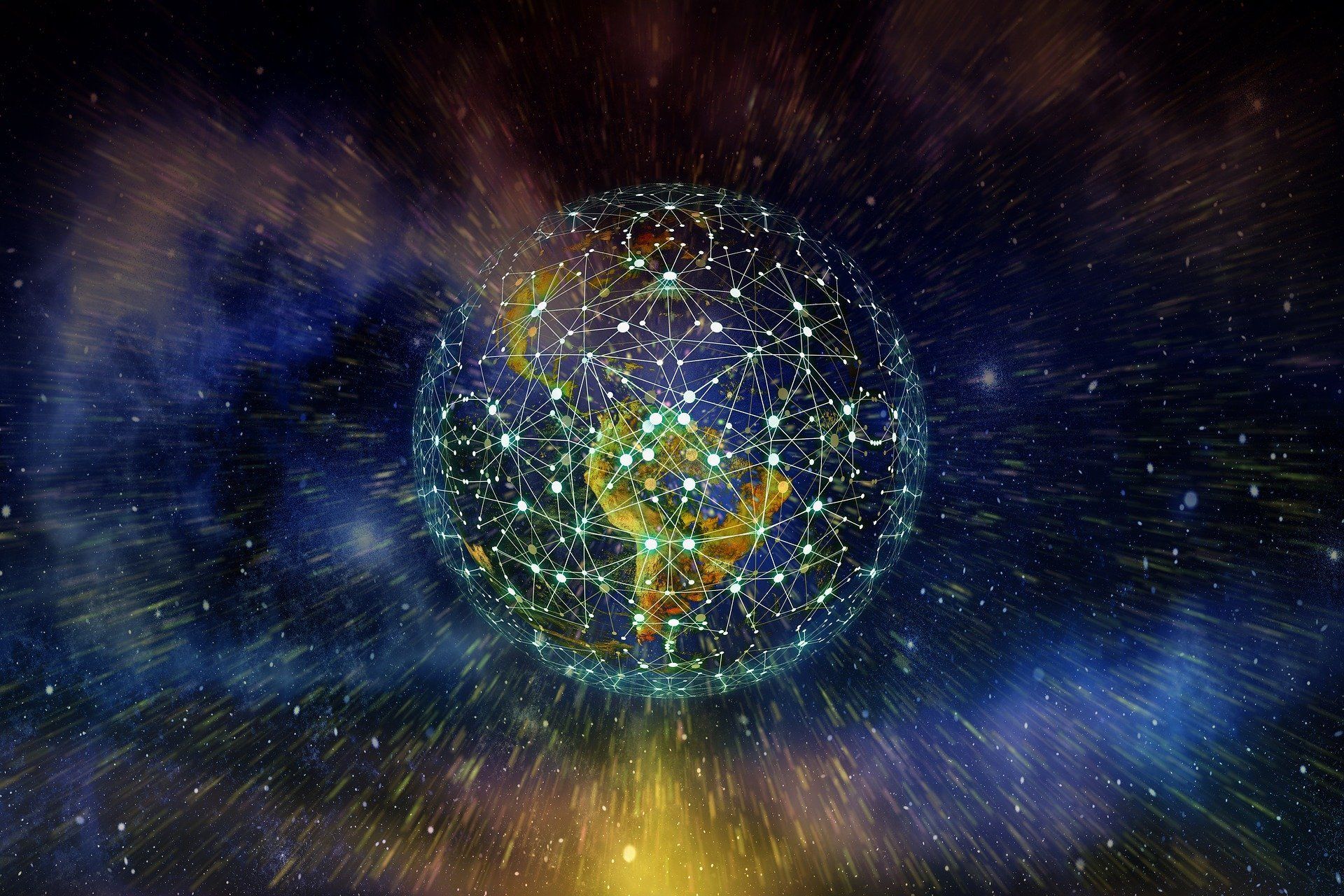Challenges
Major challenges for our democracies
Climate change
According to the United Nations the average global temperature has increased from 1880 to 2012 about 0.85 degree Celcius. If the global temperature was to rise by more than 1.5 degrees, we will face irreversible damage to our eco-systems and societies: extinction of species on a massive scale, sea level rises by 40-63 cm by 2100, hundreds of millions of climate refugees and increased global conflict over scarce resources.
Populism
All over the West, populist leaders are challenging the established consensus of liberal democracy. Fundamental critiques of democratic institutions like parliament and the political class as a whole are becoming more popular. While the corona crisis has, for the moment, reduced public support for populist parties, their rise nevertheless represents a long-term trend. People who feel abandoned by the political system are highly vulnerable to populism and authoritarian strongmen. Authoritarian governments show how the rise of populism can quickly threaten democratic institutions like freedom of press, freedom of speech, basic human rights and an independent justice.
Digitalization
While digital technologies were, for a long time, expected to be a source of rejuvenation for democracy, this perception has changed dramatically.
Fake news
Fake news are often used to discredit the so-called political establishment and established media. Strategies of disinformation are of course no new phenomenon. However, social media has lowered the bar for political propaganda dramatically. With big platform companies dominating the market, reach seems to be primarily a matter of price and attention-grabbing content. Spectacle and money increasingly define what is considered truth.
Cyber-attacks
Another example for digital threats to democracy are cyber-attacks like the so-called Democratic National Committee (DNC): hackers captured more than 19,000 e-mails from the Democratic Party leadership in the 2016 US election campaign, some of them causing damage to Hillary Clinton's election campaign. It is critical for society to be aware of the problems involved in dealing with social media and digitalized political campaigns. It is also very difficult to take political countermeasures as they might limit freedom of speech to an unacceptable extent. We may, however, need new rules and procedures for the digital public sphere in order to stop its effects in political and social polarization.
Cyber-attacks are not only a threat for political parties but also for companies or private individuals.
Economic systems
Today, unleashed capitalism has forced earth to its limits. There is a need for a transformation of economic thinking and practice. Socially regulated capitalism was the standard economic model in the postwar period. In core countries of regulated capitalism, it was characterized by stable government, which had strong political legitimacy. The political sphere was usually dominated by two major parties representing either the conservative or the progressive spectrum of industrial society. A redistributive welfare state was supported by strong labor unions and public institutions.
The post war consensus broke during the 1970s, when capitalist accumulation tumbled into crisis due to market saturation and excessive public spending. The search for a new path to economic growth thus resulted both in the globalization of markets and in the trimming of the welfare state which had formerly pacified industrial societies class conflicts. The Keynesian post war consensus gave way to what is commonly known as neoliberalism.
Dismantling the welfare state, downsizing the public sector and expanding markets, however, did not deliver on the promise of massive economic growth for the economies of the capitalist core. Instead, while especially emerging economies have risen from poverty, social inequality returned to the old industrial world contributing to the political turmoil of the present. Neoliberalism as the leading socio-economic paradigm collapsed in the global financial crisis in 2008/2009, which has brought the state back into the picture. We have since lived in a situation of practical experiments with a post-neoliberal economy. We have, however, not agreed upon a new framework for economic development, which incorporates factors like environmental and social sustainability.







Social inequality